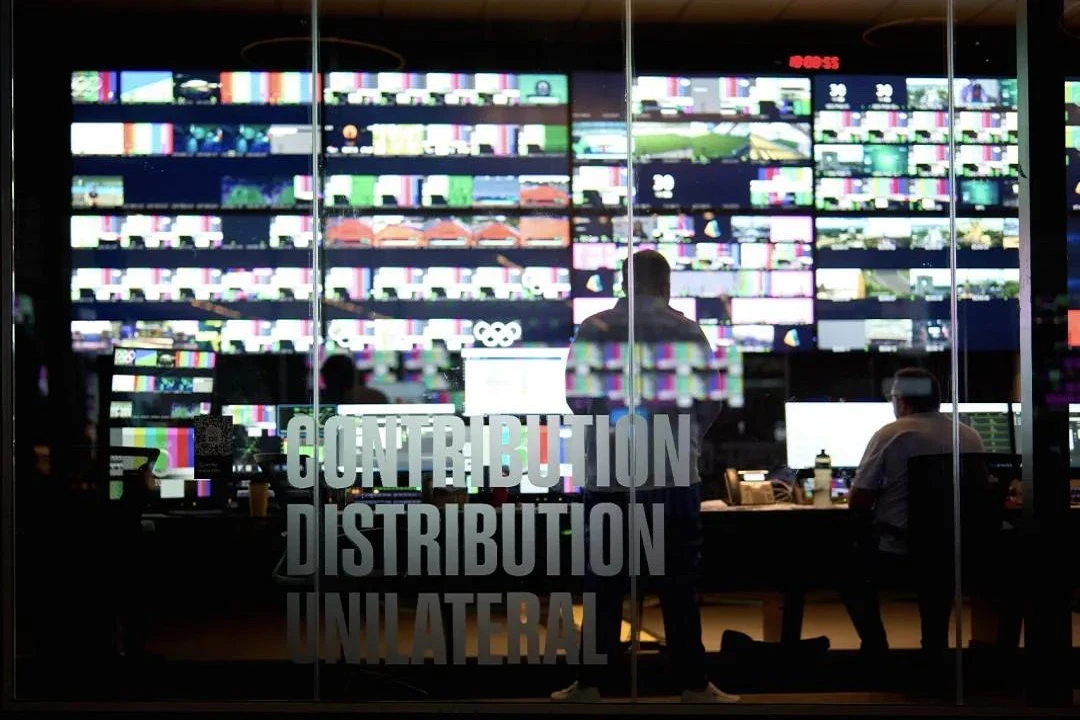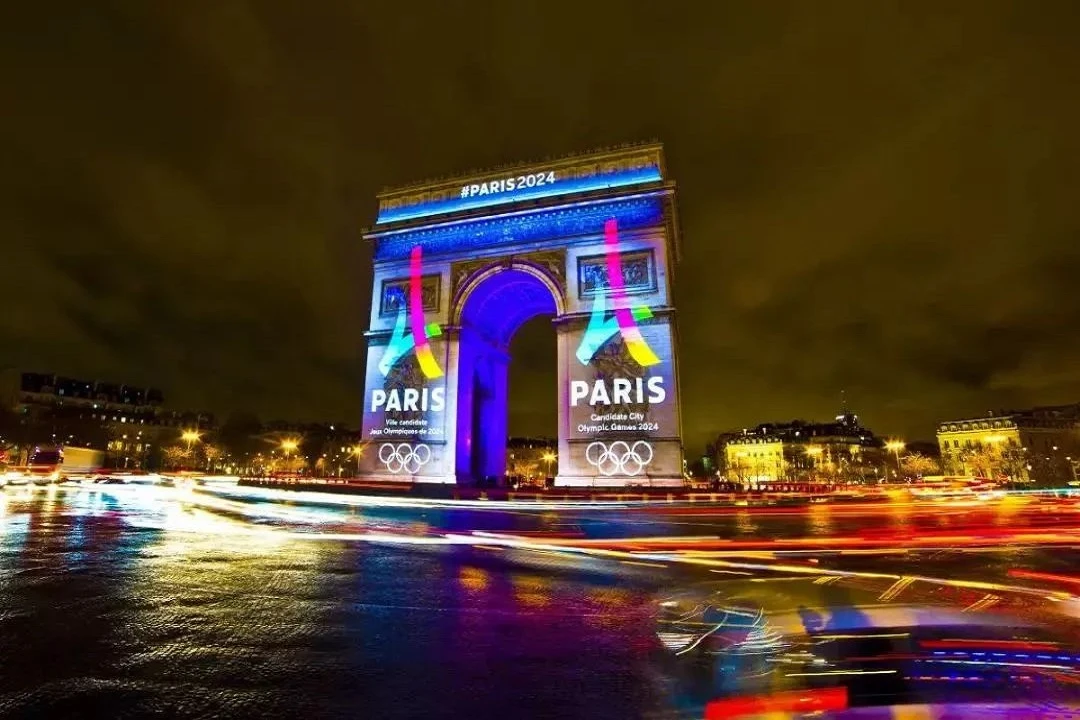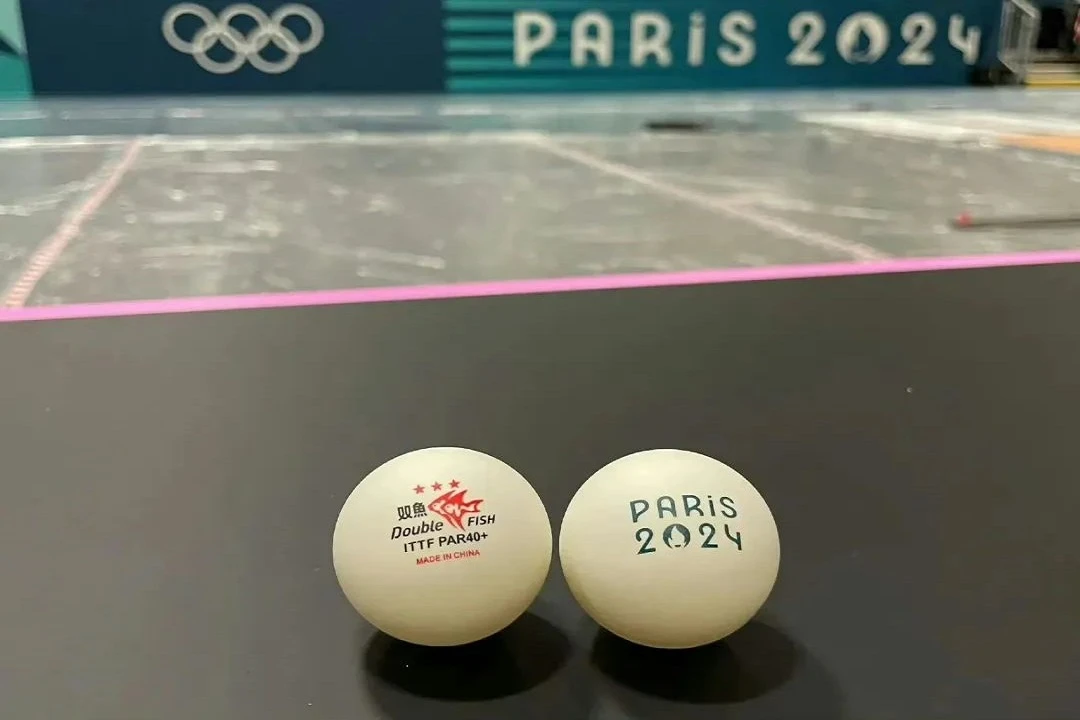AI Coaches: The Secret Weapon Behind China's Success
At the 33rd Summer Olympics in Paris, China's athletes are not the only ones making headlines. Behind the scenes, Chinese technology is playing a pivotal role, transforming the way athletes train and compete. The Paris Olympics marks the first major deployment of AI technology across the entire event, from pre-game training to live broadcasts.
China's basketball, diving, and sailing teams have a secret weapon: AI coaches developed by tech giants like SenseTime, Baidu, and Lenovo. These AI systems analyze athletes' movements and provide real-time feedback, optimizing performance and strategy. For instance, SenseTime's AI basketball system creates 3D models of the court and uses motion capture to monitor players' movements and the ball's trajectory. This technology helps coaches devise more effective game plans by analyzing opponents' tactics and optimizing player performance based on detailed data analysis.
Baidu's AI diving system, utilized by China's "Dream Team," offers precise real-time scoring and detailed analysis of diving techniques. Athletes like Quan Hongchan and Chen Yuxi rely on this system to perfect their moves, receiving instant feedback on their performance. Similarly, the Lenovo AI system aids the sailing team by analyzing training videos to improve physical movements and sailing strategies.

Cloud Broadcasting: Revolutionizing Olympic Coverage
Cloud computing has revolutionized the broadcasting of the Paris Olympics, with over two-thirds of the live broadcast signals being distributed globally via Alibaba Cloud. This marks a significant shift from traditional satellite broadcasting, making it possible to deliver comprehensive coverage to billions of viewers in over 200 countries.
The use of cloud technology not only reduces the high costs associated with satellite broadcasting but also minimizes the need for extensive on-site equipment and personnel. Compared to the Tokyo Olympics in 2020, the Paris Olympics' international broadcasting center is 13% smaller, and the power consumption is reduced by 44%. This innovation ensures that broadcasters can easily access all Olympic content provided by the Olympic Broadcasting Services (OBS).
Since 2018, OBS has been exploring cloud technology with Alibaba Cloud. The success of this collaboration was evident during the Tokyo Olympics, where cloud broadcasting exceeded expectations, enabling timely and efficient content delivery.
Bullet Time and AR Viewing: Enhancing the Spectator Experience
One of the most thrilling technological advancements at the Paris Olympics is the implementation of "bullet time" technology, which provides a 360-degree view of athletic performances. Inspired by the iconic scene from "The Matrix," where the protagonist dodges bullets in slow motion, this technology captures athletes' movements from multiple angles and creates a seamless 360-degree replay in just a few seconds.
During the Hangzhou Asian Games in 2023, this technology was demonstrated with 20 cameras capturing badminton players' actions from different perspectives, producing stunning slow-motion replays. At the Paris Olympics, Alibaba Cloud has deployed AI-enhanced technology in 14 venues, offering spectators a detailed view of the athletes' movements and actions. This allows viewers to see the game from the "judge's perspective," providing more insight than even a live audience could.
Augmented Reality (AR) is another groundbreaking feature enhancing the viewing experience. SenseTime's AI and AR technologies are used in sports such as table tennis and archery, providing real-time motion capture and detailed analysis. This technology enables viewers to understand the intricacies of each sport, such as the trajectory, speed, and spin of a table tennis ball, making the competition more engaging and informative.
The Broader Impact of Chinese Technology
Chinese technology's influence extends beyond AI coaching and broadcasting. Shenzhen's HighGreat Innovation showcased an impressive drone display during the opening ceremony, with 1,100 drones forming various shapes, including the Eiffel Tower and a torchbearer. This "cyber firework" display celebrated the 60th anniversary of China-France diplomatic relations, highlighting the sophistication and creativity of Chinese tech.
Furthermore, Chinese companies have made significant contributions to the Olympic infrastructure and equipment. Double Happiness provided color-changing table tennis tables, Double Fish supplied 34,000 ping pong balls, and Ninebot deployed 15,000 electric bicycles. Hebei Yingliang provided flooring for basketball and table tennis courts, while smart footballs with embedded chips came from a company in Jiangsu. Consumer electronics firms like Vivo and iQOO donated thousands of smart devices to the Chinese national team, enhancing their communication and performance capabilities.
Even the Olympic mascot "Frije" is a testament to Chinese manufacturing prowess, with 80% of these mascots produced in China and shipped from Yiwu to Paris. The presence of Chinese technology and manufacturing at the Paris Olympics is a powerful demonstration of the country's innovation and global influence.
Conclusion
The Paris Olympics has showcased not only the athletic prowess of Chinese athletes but also the remarkable capabilities of Chinese technology. From AI-driven training and real-time performance analysis to revolutionary cloud broadcasting and immersive viewing experiences, Chinese tech companies have played a crucial role in transforming the Olympics. This confluence of sports and technology not only enhances the performance of athletes but also enriches the experience for viewers worldwide, marking a new era in the world of sports and technology.


